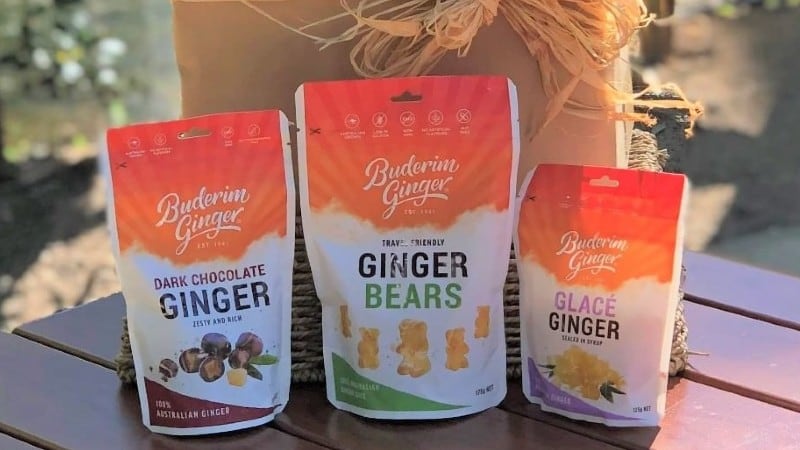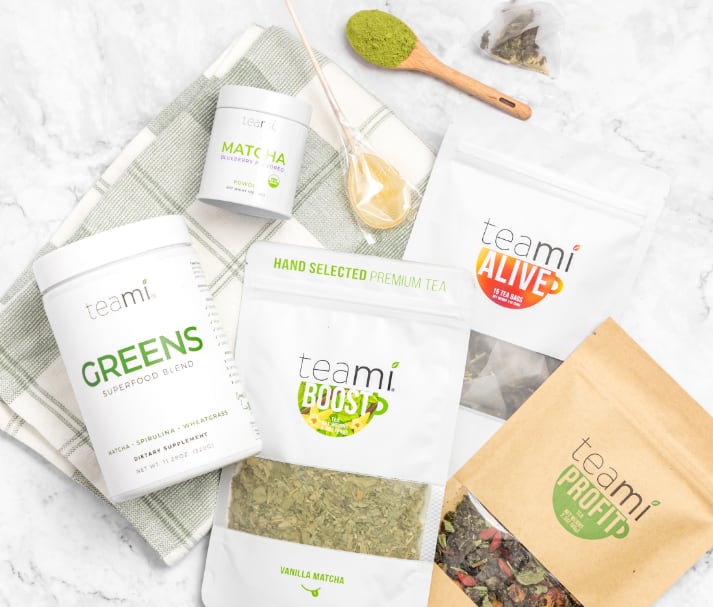Buderim Ginger was previously better-known as a ginger processor, supplying ginger juice, puree, cubes or other formats to brands for use in sauces, drinks and more.
“We can’t reveal the names of the brands but I dare consumers in most countries that have eaten or drank anything with ginger in it will have taken a product made using Buderim’s ginger, as we do supply to some of the world’s biggest brands,” said Buderim Ginger Senior Business Development Manager Simon Hambleton.
“But although ginger processing is what we’re best known for, our goal now is to move more into the value-added products segment, and converting ourselves to not just be known as a spice processor but a product brand.
“So now the focus is on making a range of our own-brand products from confectionery to cordials to ginger beer – both alcoholic and non-alcoholic versions. This means that we would be present more or less across the entire supermarket in many aisles, which is great for visibility.”
Buderim’s value proposition for its products is the addition of real ginger to these, whether it is a gummy bear or a chocolate.
“We develop our products to have a ‘real’ ginger portion from a real ginger source, whether it’s adding ginger juice to the ginger beer or crystallised ginger to chocolates,” said Hambleton.
“This makes a world of difference compared to companies using ginger flavourings and naming their products as ‘ginger’ products – the Australian palate and many Asian palates are accustomed to ginger and are able to not just incorporate its addition into both sweet and savoury products but demand it.”
In this sense, the spicy factor that ginger can bring to foods and beverages is a big point of appeal for those who enjoy it – but Hambleton added that the range of value-added products the company is creating is able to appeal beyond just spice-lovers.
“We are aware that younger consumer palates might not be accustomed to ginger’s spice, and too much spice might alienate them – it’s one of the reasons why we’re doing so much innovation in terms of creating new products which can also appeal this group,” he said.
“The important point in bringing ginger to a younger audience is to make products which are applicable to them, such as our Ginger Bears (gummy bears made with ginger) which were initially made to calm the stomach for travellers, but we have now found attracts this younger audience as a lower-sugar lolly alternative.”
Buderim’s ginger products are available in the various aisles of major Australian supermarkets Woolworths and Coles as well as other independent stores and various pharmacies, and also has presence in Germany, the United Kingdom, the United States and Canada.
Next stop, Asia
Given that ginger is a very common ingredient in Asian cuisine, Buderim is looking to Asia as a major emerging market for its products as consumer acceptance will likely be even higher.
“We’re already talking to people in Japan, China, South Korea, Singapore and Thailand about bringing Buderim products over,” he said.
“Asian consumers like ginger – they like the flavour profile and they’re accustomed to it in dishes. What we’re trying to find right now is the right price point for products, the right amount of heat to put into products targeting the region, the right package sizes. We’re trying to get a deeper understanding on how to best localise, then we will make our entry into the region.
“What’s for sure is that we want our products to be innovative and new wherever we are, things that consumers and supermarkets have never seen before – having something different will increase our chances of getting ranged in big retail outlets as they want something new to get people back in stores, and will also appeal to consumers who are looking to try new, fun products.”





